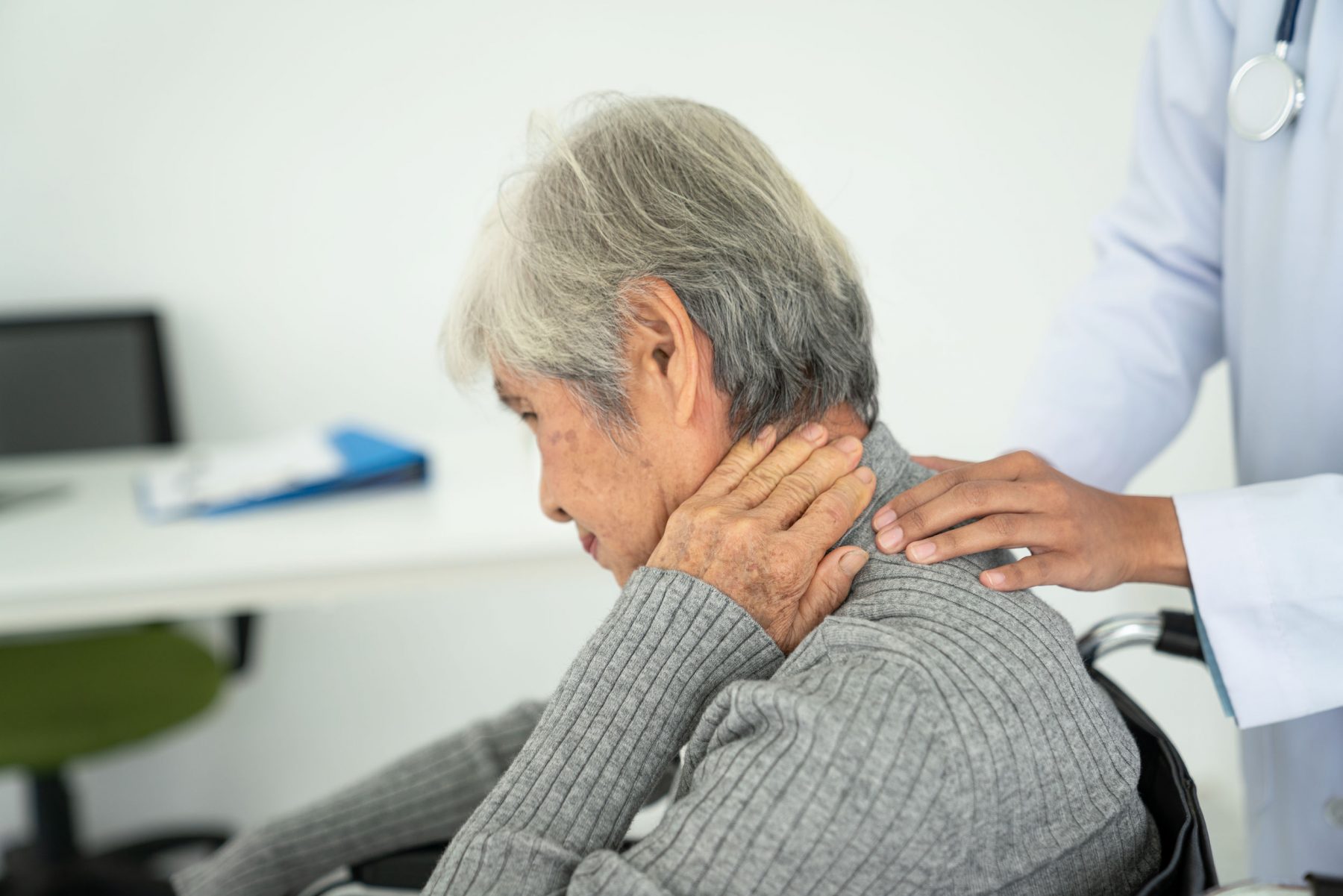5 Common Causes Of Back Pain In Your 80s and Beyond
Category: Back Pain | Author: Stefano Sinicropi

This is going to be our final installment of how back pain can cause problems for people at all ages and walks of life. We started by taking a look at back pain in your twenties and have gone decade by decade until now, where we’re focused on how back pain can affect people in their eighties and beyond. We figured this would be a good stopping point because there is not a lot of differentiation between what an 84-year-old and a 97-year-old may face in terms of back discomfort.
So with that in mind, let’s take a look at some of the common ways back pain can present problems for people in their eighties and beyond.
Back Pain In Your 80s
Here’s a look at some of the driving factors and conditions that can cause spinal discomfort for people 80 years old and above.
- Degenerative Disc Disease – As we mentioned back when we wrote our piece on back pain in your fifties, degenerative disc disease would be on any list that involved common back problems for people once they’ve reached this milestone, so it’s important that we include it on this list. The problem may be even more common in patients in their eighties, simply because degenerative disc disease is caused by gradual spinal height loss over the years as a result of stress and pressure. The average 80-year-old will have put more daily stress on their spine than the average 50-year-old, and this can lead to shifting spinal vertebrae and nerve compression.
- Spinal Fractures – We also touched on this last week when we explored common causes of back pain in people in their seventies, but fall and fracture risk only tends to increase as you get older. Balance and coordination issues, coupled with weakened bones because the body can no longer produce healthy bone at the rate it once did, can be a recipe for fall-related fractures. Sometimes these fractures require surgical intervention, while others heal well with rest, physical therapy and strengthening exercises.
- Spinal Stenosis – Spinal stenosis is categorized as a narrowing of the spaces between the vertebrae that leads to nerve compression, and again it’s more common in an older population. As discs and vertebrae gradually shift, the spinal foramen – the opening through which crucial spinal nerves pass – can shrink, leading to nerve compression. Physical therapy can sometimes help to curb symptoms, but if it doesn’t, a laminectomy procedure to widen this opening can provide relief.
- Kyphosis – If you’ve ever seen a little old lady with a hunched appearance, there’s a possibility that she’s dealing with a condition called hyperkyphosis. This means that there is an underlying spinal curvature disorder that warrants attention. In patients where symptoms are minimal or not causing problems, posture improvement and daily exercise can prevent condition progression. Others may need more hands-on care, like with a brace or physical therapy. If the curve is so extreme that it threatens nerves, corrective surgery may be necessary.
- Muscle Strains and Tears – Spinal muscle injuries are also somewhat common in an older population. While we may see muscle strains as something that tends to affect athletes and active individuals, they are also common in adults who overdo it from time to time. We all know someone who won’t let age slow them down, but if they push their body too far, they can tear a muscle when lifting that laundry basket or weeding the garden. We need to be cognizant of the stress we are putting on our spine at all ages, even if it doesn’t seem like all that strenuous of an activity, because at this age our spines have been handling stress and pressure for nearly a century!
If you are in your eighties and need help with a spine issue, or you’re younger or older and want to figure out what’s going on with your back, reach out to Dr. Sinicropi and his team today.